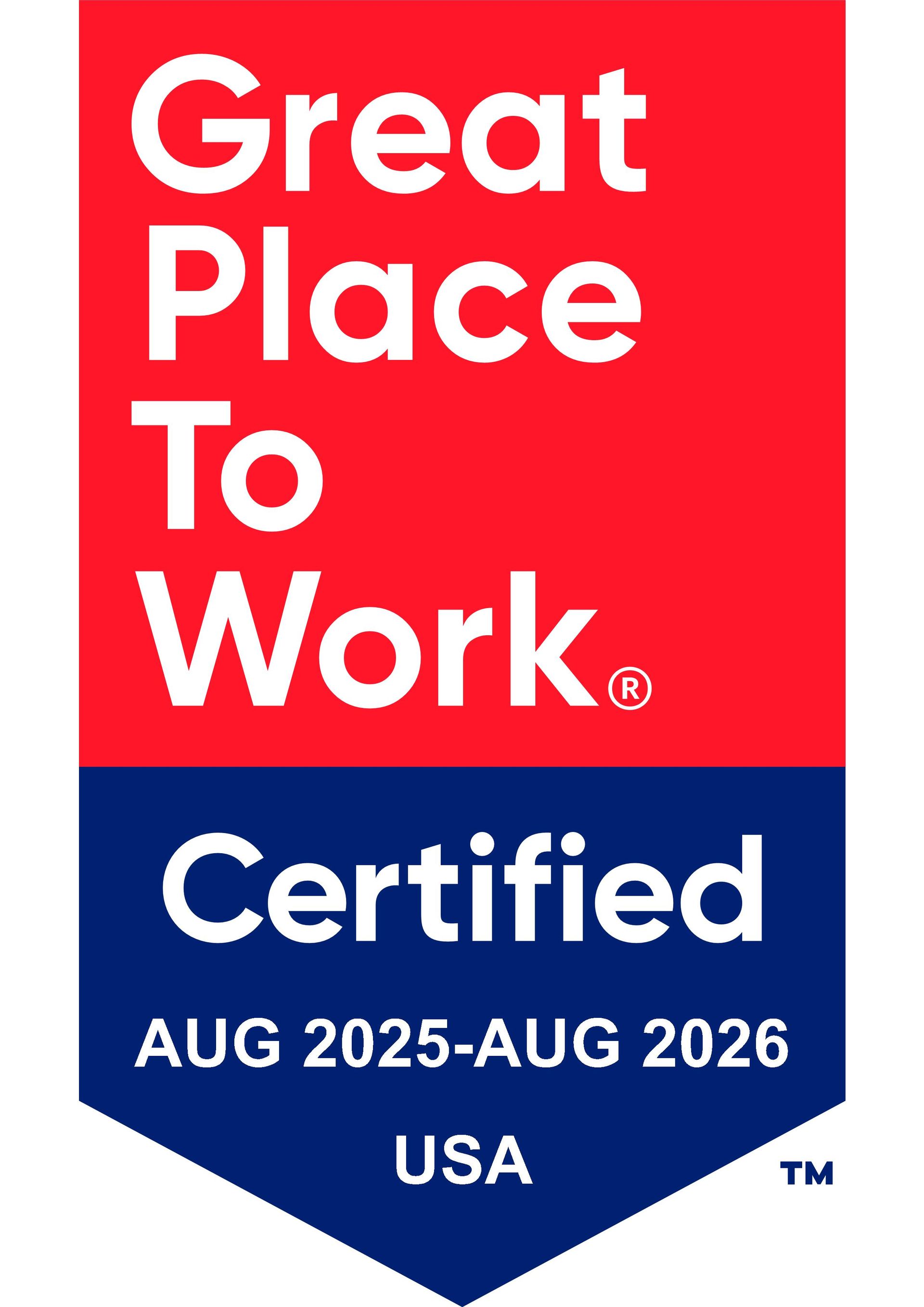
What is a MERP?
6 December 2019
Smart business leaders and diligent human resource teams stay alert to alternative health plans to better serve their employees’ healthcare interests and their own organizations’ budgets. Employers continue to search for comprehensive yet affordable ways to provide health insurance for their valued employees.
Employers are increasingly considering options, such as a medical expense reimbursement plan (MERP), which offers businesses a tax-free benefit, rather than the traditional benefits route, such as group health insurance.
WHY IS IT IMPORTANT FOR EMPLOYERS TO SEARCH FOR HEALTHCARE INSURANCE ALTERNATIVES SUCH AS MERP OVER TRADITIONAL INSURANCE PLANS?
According to Kaiser Family Foundation (KFF), the data results from the federal National Health Interview Survey reveal a slight rise in non-elderly workplace insurance plans, starting in 2013 with 56.3% and ending in 2017 at 58%. The KFF attempts to explain the recent upward trend in employer-sponsored insurance in its discussion of the improved post-late 2000s deep recession recovery. Over the years, both incomes and overall employment numbers have increased, allowing more individuals to have access to and eligibility for employer-sponsored insurance.
Paired with the introduction of the Affordable Care Act (ACA) and its requirement for all individuals to obtain health insurance coverage, which is known as the “individual mandate,” more employees are choosing to enroll in employer insurance options that they might have otherwise chosen to decline in an attempt to save money.
For these reasons and others, it has become increasingly important for employers to search for cost-effective options for providing quality healthcare plans for employees that do not overburden their own budgets or HR resources in terms of administration.
Employers are increasingly considering alternative options that include a MERP and other types of self-insured or self-funded plans to help find the most affordable means of providing the best possible health plans for employees in a rapidly and continually evolving health marketplace. Rather than the once monolithic traditional insurance plan, employers are finding a variety of options that better fit their own organizations by taking a more independent approach.
WHAT IS MERP?
A MERP offers businesses the allowance of tax-free money, unlike traditional health insurance benefits programs, which would generally include group health insurance plans and feature more rigid rules of usage. A MERP, which is a type of health reimbursement arrangement (HRA), is permitted under Section 105 of the Internal Revenue Code (IRC).
An HRA-based plan, like a MERP, offers employees the opportunity to buy healthcare services and products, according to their personal needs and considerations, which may also include individual health insurance for which the employer reimburses them up to the available allowance. A reimbursement-oriented healthcare plan allows employers to pay for a variety of portions of their employees’ health plan deductibles, copayments, and coinsurance. A MERP may also fund various other qualified medical expenses on a tax-free basis.
Employers tend to use a MERP with high-deductible health plan (HDHP) designs, which give employers a great deal of latitude as far as the type of plan they design and the control of costs. The best part of this type of HRA plan is that employers and employees can benefit from the premium savings while employers still offer employees a high-quality benefits package.
As employers and HR teams continue to search for innovative ways to control their healthcare program costs, a MERP provides an encouraging step in the right direction without sacrificing quality care for valued employees.
The plan offers great rewards for employers and employees as soon as the first year, as both realize impressive savings right away. Better still, the program typically stabilizes costs over the next several years after implementation. While an HRA may require a physical account, a MERP does not require one. Such a scenario means that the MERP employer is only obligated to reimburse for expenses incurred and submitted by employees.
LEARN MORE ABOUT HRAS
Like a MERP, an HRA is a self-funded health plan that has its own unique tax advantages. This type of employer-funded medical reimbursement plan helps employees pay and account for all qualified medical expenses that do not fall under the coverage of their health plans and may be compatible with a broad spectrum of plans owned by the employer. Most importantly, HRAs can help provide overall healthcare savings and ease the financial burden for employees at the beginning of each new year.
With HRAs, employers earmark a pre-determined amount of pre-taxed funds to each employee’s HRA each year for their use. An HRA is unique to other health spending accounts in that only an employer can deposit money into the employee’s HRA. The funds are available to the employee at the beginning of each year and, based entirely on each employer’s individual option for a plan, the employee’s funds may roll over at the beginning of each year, offering a potentially healthy start to the employee’s account each new year. Therefore, if he or she encounters a health issue early in the year, they already have access to funds.
An HRA also works in tandem with other health accounts. One of the most frequently paired health accounts is a healthcare flexible spending account (FSA) wherein qualifying medical expenses automatically draw first from the FSA until having used the full available balance. After the complete balance has been drawn from the FSA, the funds from the HRA are then used to complete payment for all qualifying healthcare expenses for the employee.
There are a few key requirements for an HRA, which are:
- The employer must solely fund the plan and cannot institute any type of salary reduction.
- The plan is only allowed to provide financial benefits for verified medical expenses only.
- An HRA is not portable and cannot be transferred for any reason, meaning that an employee loses all benefits once leaving the organization.
- While employers may use some discernment to refine certain aspects of rulings, the government overarchingly determines which expenses are allowed reimbursement for employees’ medical fees.
- Different employers select variations of the HRA, and some allow for the reimbursement of health, vision, and dental insurance premiums, along with qualified medical expenses, according to Investopedia.
As one of the most flexible of all employee benefit plans, it has become increasingly attractive to employers over the past several years. It is also helpful that these plans are 100% tax-deductible for employers and tax-free for employees.
While employers often find themselves trying to decide which type of plan is better for them, between a MERP and an HRA, they typically find that a MERP offers more flexibility in the end, which is frequently more important to both employers and employees.
LEARN MORE ABOUT HSAS
A health savings account (HSA) is often used in conjunction with an HDHP, allowing employee savers to use their pre-tax dollars to pay for qualifying healthcare expenses. These plans also allow participants to use their pre-tax funds to pay for qualifying medical expenses. An HSA is funded in part through the employer and in part through the employee via a salary reduction agreement. The employer proceeds with the plan by making regular payroll deductions once establishing the account. The employee then uses the difference to pay for healthcare costs as needed.
The biggest benefit of the HSA for most participants is that the employee retains any remaining funds at the end of the year, allowing it to roll over into the next year’s account.
HOW DOES A MERP TYPICALLY WORK?
A MERP typically works similarly to other forms of self-insurance and is often used to lower group insurance costs. The most critical benefit is that it covers employees’ medical expenses fully tax-free, acting like a far more flexible HRA.
Employers and employees may benefit from learning more about the basic process before entering into this type of insurance plan.
When an employee purchases healthcare services or products, they become responsible for the payment of the service or product, which is where the third-party administrator (TPA) comes into the picture.
Upon receipt of the bill, the employee submits all related documentation, including their bill to the TPA, to make sure it qualifies for reimbursement and contains all the required information. Upon verification that all information is correct, the TPA then pays the total amount of the bill to the carrier directly. Next, the TPA settles all that the employee owes the employer above the allotted amount, then alerts the employee to pay the remaining balance to the carrier.
The TPA is a critical party in the process, allowing the employee to funnel the administrative process and the bill to the TPA through them, to pay on behalf of the employer. TPAs are not at risk in the process for any type of loss since the financial burden of paying the claim remains with the employer. The TPA’s cost is primarily in providing the service.
Essentially, employers follow the forthcoming protocol with a MERP Plan:
- Employees spend on healthcare through physician, dental, or vision visits or through pharmaceuticals purchases.
- Employees submit proof of healthcare purchases via proper documentation, such as a receipt, claim form, or EOB to the TPA. Documentation should include the date of healthcare expense, description or service or product, and the employee’s full name.
- The TPA reviews employee documentation before paying the full amount, up to the employer’s mandated allowance, directly to the carrier. If the employee owes more than their allotted maximum amount, the TPA alerts the employee on what they then owe the carrier.
WHAT ARE THE BENEFITS OF A MERP?
The core benefits of a MERP, and the key drivers for most employers that choose it, are its incredible flexibility and its means of allowing providers to offer tax-free funds to their employees for medical expenses.
A MERP offers several additional unique and in-depth benefits to employers and employees that everyone might consider exploring more thoroughly.
Here are a few additional benefits associated with a MERP:
- Flexibility for employees. Employees may use funds for a variety of medical expenses not necessarily covered by the healthcare plan, such as copayments, coinsurance, prescriptions, deductibles, and dental and vision care. Instead of the employer giving the employee a fixed amount of dollars for what might happen in the future, it promises the employee it will pay for something if or when it occurs.
- Flexibility for employers. Within the framework of the plan, employers may tailor it the way it best suits organizations and their employees. Employers have the freedom to design any possible plan they might prefer, as long as it falls under the umbrella of the purchased plan. Such a plan allows employers a wide range of flexibility in targeting highly used — and expensive — portions of their current health plan to pinpoint problem health areas. These health concerns may include smoking or excess weight, which may lead to chronic illness and disease. Working with this type of plan, employers may be able to incentivize employees to become better preventive and treatment-oriented consumers.
- Employee healthcare usage gauge. A MERP Plan offers the company a better means of measuring employees’ usage of healthcare. Ideally, monitoring healthcare usage gives the company the option to switch to a self-funded plan in the future. In short, under a fully insured plan, in a company with fewer than 100 employees, the company has zero claim transparency with the carriers. Doing a MERP gives the business leaders some insights into how their plan is actually operating.
- Creative usage options for employers. Often, employers are able to reduce the cost of plans that traditionally receive less coverage, such as vision and dental plans. Companies are able to shift saved funds from other areas to help defray the costs for these expensive medical costs as well.
- Tax savings. All employee contributions to a MERP are fully tax-exempt. In turn, all contributions made by the employer are considered tax-deductible business expenses. It is important to note that a tax deduction can only be made by the employer once an employee’s claim has been reimbursed. Further, employees and employers can save up to 50% on FICA, Medicare, workers' compensation, state disability insurance payroll taxes, and federal and state taxes.
- Employee contributions. Employee contributions are allowed to apply to their MERP to offer even more flexibility and stability for their plan.
ARE THERE ANY DISADVANTAGES TO USING A MERP PLAN?
Depending on the organization, any type of insurance plan the benefits director selects is sure to have its share of advantages and disadvantages.
Here are a few of the disadvantages some employers have experienced when using a MERP Plan:
- Lack of consistency and stability for employers. The costs vary from month-to-month, making it challenging for the employer’s benefits team to achieve stability, at least in the short-term.
- Employee time spent on extra administrative tasks. Employees spend time and energy performing extra administrative tasks, such as submitting bills to the TPAs, which can cut into their time and productivity, as well as the employer’s profits.
IS A MERP RIGHT FOR YOUR ORGANIZATION?
Are you still looking for the right alternative in a self-funded insurance plan for your organization? If a MERP sounds like it could work for your company, KBI Benefits is here to help.
Together, we can help you take a closer look at a MERP to see how it can offer you exceptional savings while providing your employees with the highest quality care possible.
If you are ready to explore your health insurance options, contact us today by submitting our online contact form or calling us at
408.366.8880. We look forward to working with you!




